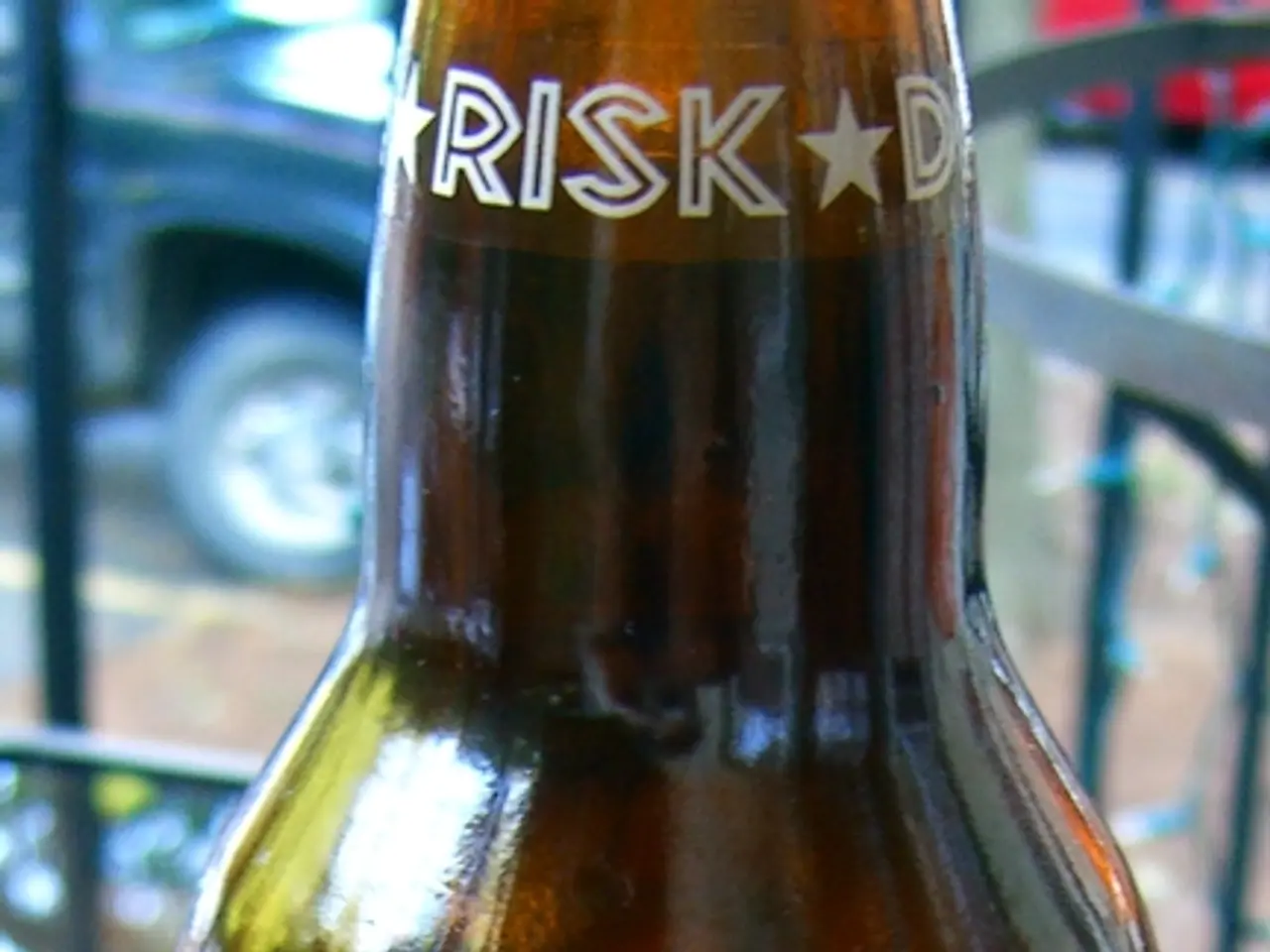July Spotlights Ultraviolet Safety: Guard Your Skin with These Tips
In the pursuit of healthy, youthful skin, it's crucial to prioritise sun protection. Contrary to popular belief, cloudy weather does not shield us from harmful UV rays, making sunscreen a necessity on even the gloomiest of days.
When it comes to sunscreen, dermatologists generally recommend using a broad-spectrum sunscreen with an SPF of 30 or higher for effective UV protection. SPF 30 blocks about 97% of UVB rays, while SPF 50 blocks about 98%, providing slightly more protection but no sunscreen can offer 100% protection[1][2][3][5].
Regular reapplication is also key. Dermatologists advise that sunscreen should be reapplied every two hours when outdoors during the day, regardless of the SPF value. If you are swimming or sweating, reapply more frequently — about every 40 to 80 minutes or immediately after exiting the water[2]. Even high-SPF sunscreens need this regular reapplication to remain effective[2].
Other essential sunscreen practices include using a broad-spectrum sunscreen, which protects against both UVA (causes aging and brown spots) and UVB rays (cause sunburns)[1][2][3]. Apply sunscreen 15 minutes before sun exposure to allow it to absorb properly[3]. Use an adequate amount, roughly 1 ounce (30 mL) to cover the whole body[2]. For water resistance and better protection during activities involving water or sweat, choose a water-resistant sunscreen[3][5].
It's important to note that UV rays can reach a person even when walking down the street or driving in a car. Short-term UV exposure can cause sunburn and darkening of the skin. The sun is strongest between 10 a.m. and 2 p.m.; scheduling outdoor activities before 10 a.m. and after 2 p.m. can help minimise UV exposure.
Moreover, the sun can reflect off water, sand, snow, and ice, and sunscreen should be used even in the winter months. Sunscreen products with zinc oxide or titanium dioxide provide the best protection. It is recommended to use lotions, creams, or sticks rather than spray sunscreen.
Long-term UV exposure leads to premature aging of the skin and increases the risk of skin cancer. By following these sunscreen tips, you can help protect your skin from the harmful effects of UV rays, ensuring a healthier, more youthful appearance for years to come.
- Incorporating sun protection into a health-and-wellness regimen is imperative for maintaining youthful skin, as UV rays are present in various environments, regardless of weather conditions.
- Adopting science-based sunscreen practices like using broad-spectrum products with SPF 30 or higher, constant reapplication, and water-resistant formulations can significantly reduce the risk of premature skin aging and skin cancer.
- Integrating sunscreen application into fitness-and-exercise routines is essential, given that UV rays can reach a person even during everyday activities like walking or driving.
- Proper nutrition plays a critical role in skin care, as a balanced diet rich in antioxidants helps shield the skin from the damaging effects of UV rays and promotes healthier skin overall.




